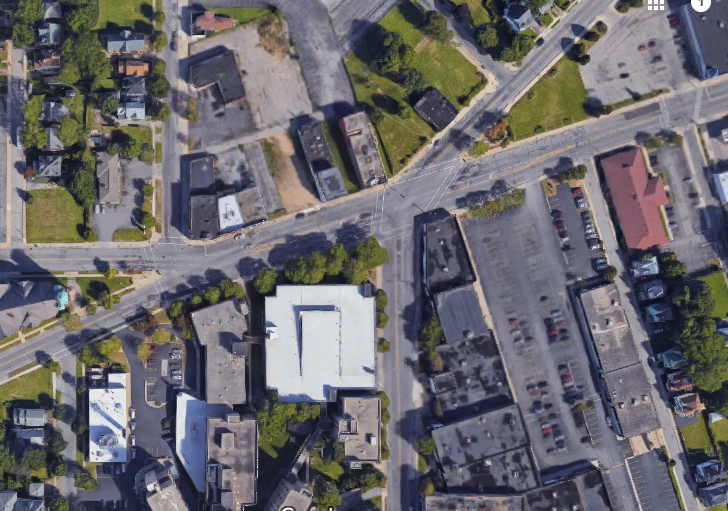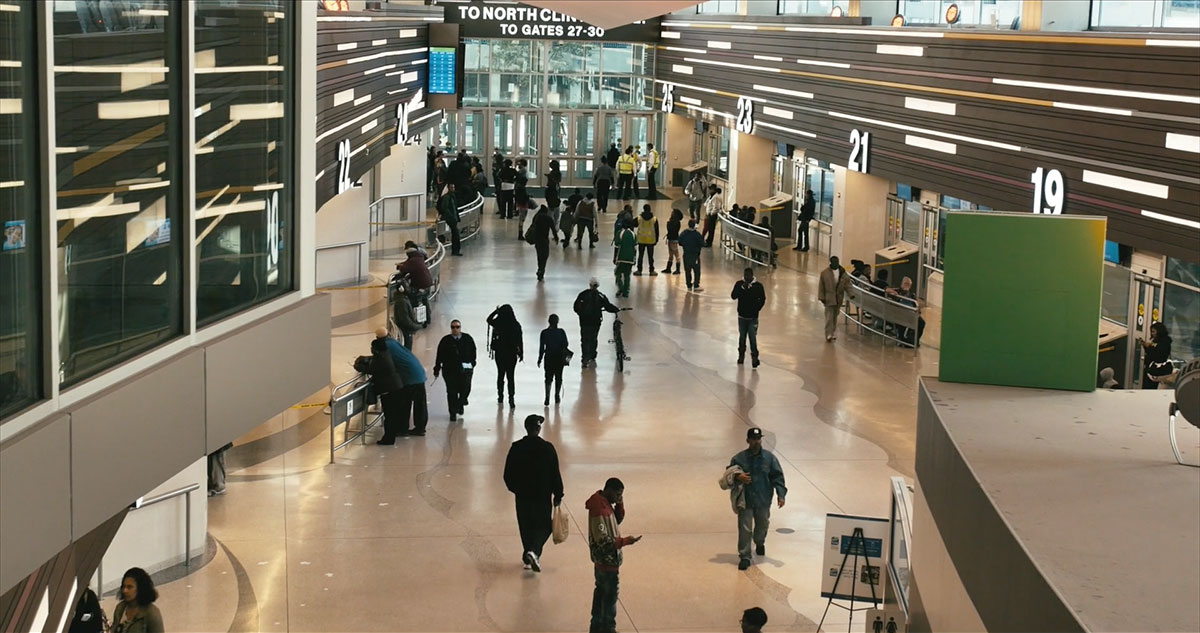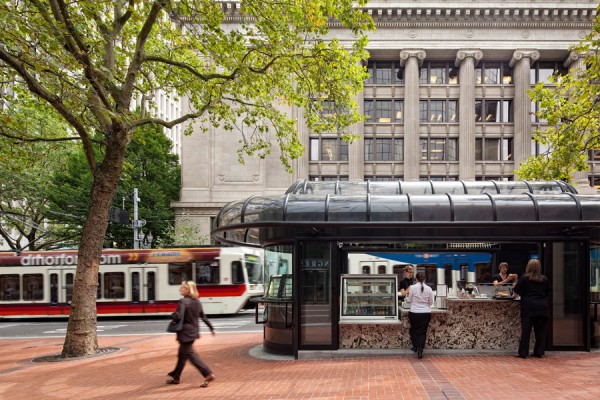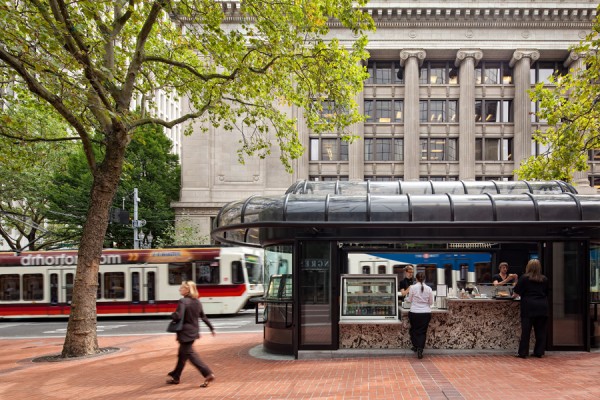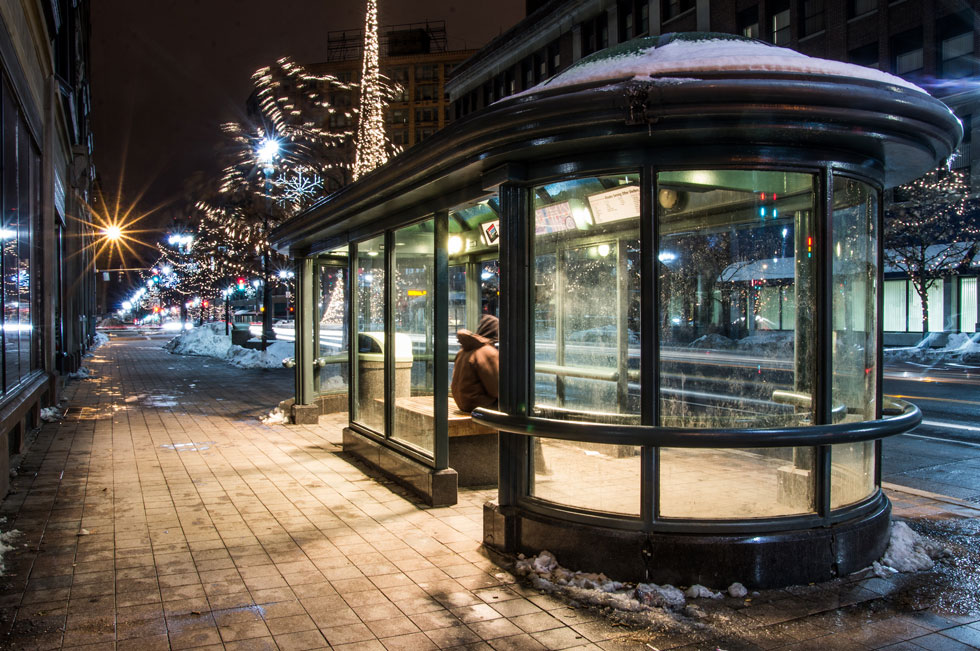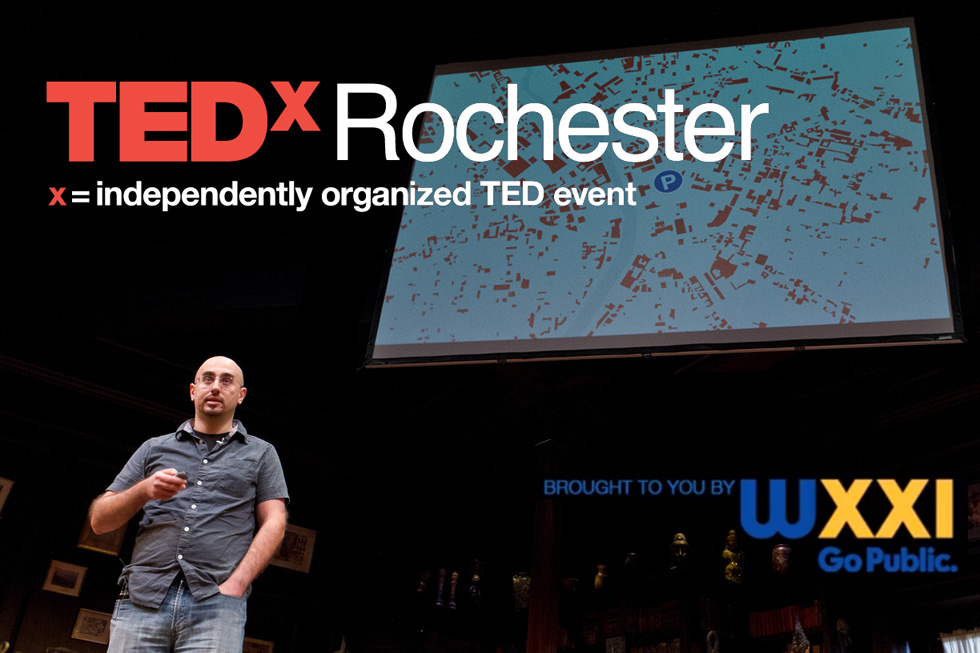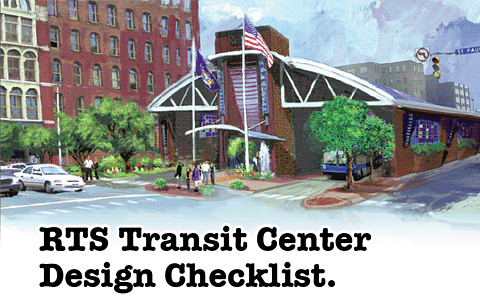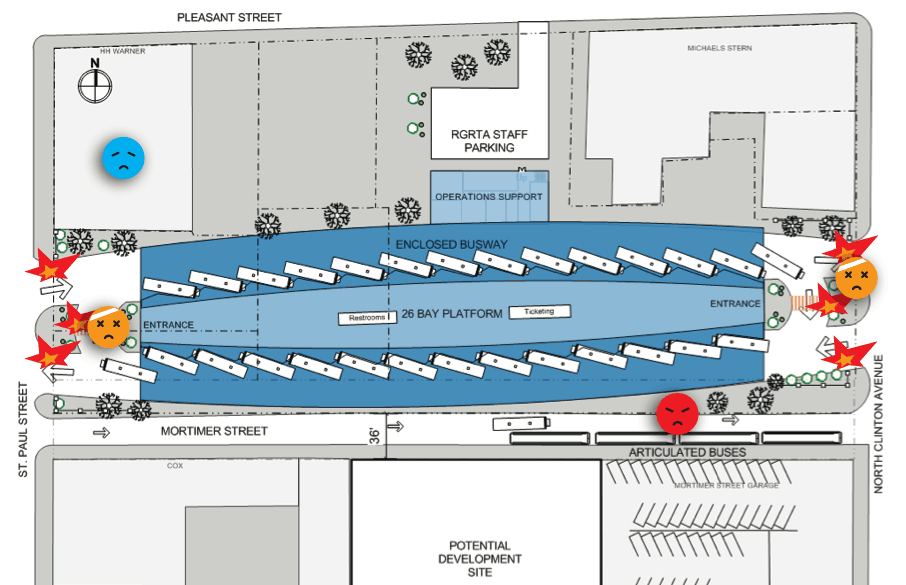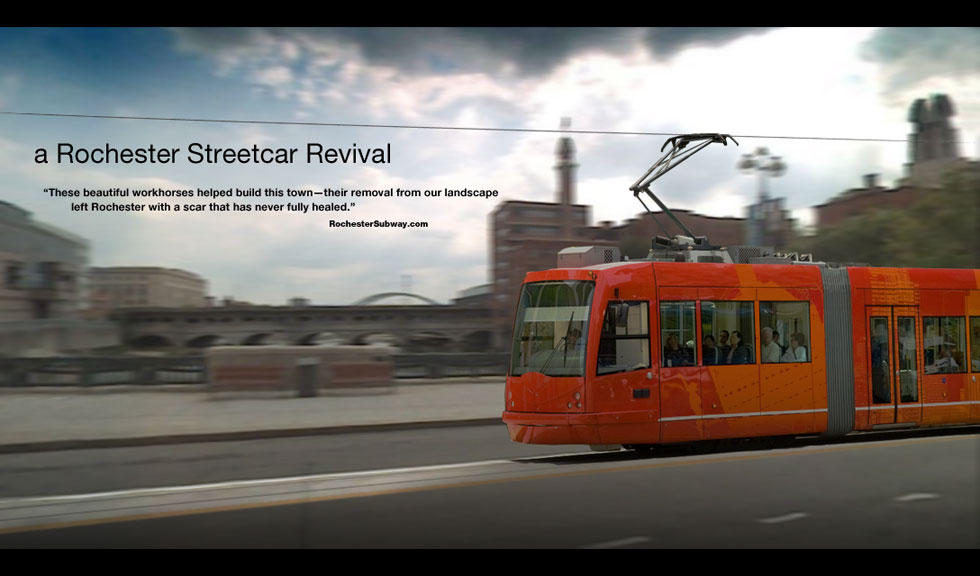In this final installment of our Complete Streets Blog Series, guest author David Riley will highlight a sampling of intersections and trouble spots that were nominated for the Complete Streets Makeover project, and share his ideas for how they might be made safer for cyclists and pedestrians.
Transportation and Poverty (Part 6): What Should Be Done?
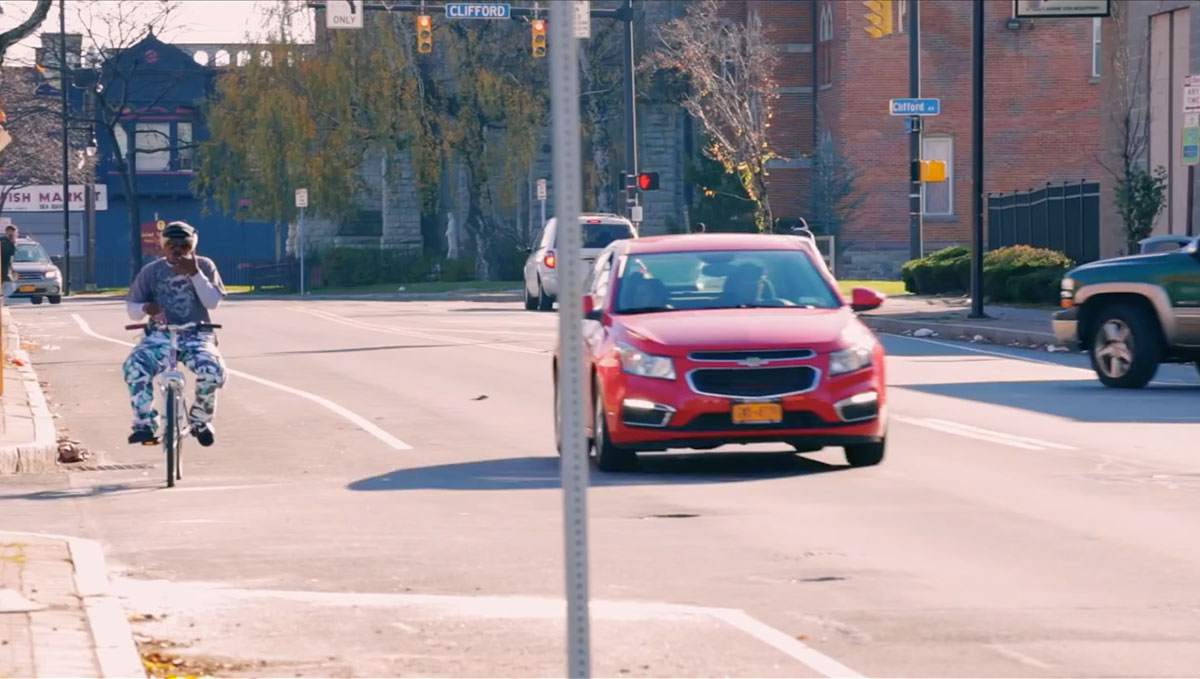 Posted by: Pete Nabozny, Associate Principal at CGR and co-owner of Tru Yoga
Posted by: Pete Nabozny, Associate Principal at CGR and co-owner of Tru Yoga
As we’ve seen previously in this series of posts on Transportation & Poverty, the costs associated with transportation for Rochesterians in poverty are considerable. Low-income workers are faced with a difficult choice – spend a high portion of their income on a car and associated expenses so that they can get to work in a reasonable amount of time or lose many hours each week commuting by public transportation, effectively reducing their hourly pay and crowding out other productive activities. The ongoing de-concentration of jobs and housing in our region only exacerbates this dilemma. Read more
Final Call to Put Your Business on Main Street
![The City of Rochester was looking for someone to adaptively reuse, redevelop, and operate five former bus shelters on Main Street in downtown Rochester (similar to this one in Portland, OR. If no one responds by the end of this week, the shelters will likely be removed. [PHOTO: Hennebery Eddy Architects, Inc.]](http://www.rochestersubway.com/images/photos/portland-bus-shelter-coffee-kiosk.jpg)
Posted by: Mike Governale, president and co-founder of Reconnect Rochester
In case you’ve missed this story, downtown Rochester has 5 large retro-style bus shelters dotting Main Street between the Rochester Riverside Convention Center and East Ave. These shelters are no longer being used by RTS since the opening of the Transit Center. But before the City tears them down, we thought we would try to find someone who might be interested in turning them into something new – such as sidewalk cafes, vendors, newsstands, etc…
City of Rochester Now Seeking Proposals for Main Street Bus Shelters
The City of Rochester has issued a Request For Proposals (RFP) ![]() to adaptively reuse, redevelop, and operate five former bus shelters on Main Street in downtown Rochester, NY. The deadline to respond is June 26 and successful proposals are expected to be announced by July 31…
to adaptively reuse, redevelop, and operate five former bus shelters on Main Street in downtown Rochester, NY. The deadline to respond is June 26 and successful proposals are expected to be announced by July 31…
What Could You Do With This Bus Shelter?
![Rochester's cool retro-style bus shelters will be history by this time next year unless someone steps forward to claim them. [PHOTO: RocPX.com]](http://www.rochestersubway.com/images/photos/rochester-bus-shelter-rick-urwin.jpg)
By this time next year, Rochester’s cool retro-style bus shelters could be history. When the RTS Transit Center opens in November, RTS buses that currently wait for passengers along Main Street will instead turn into the new facility on Mortimer Street. And after 25 years of service, six shelters from the Genesee River to Chestnut Street will be removed.
There is one thing that could save these iconic structures from the scrap yard: Your creativity.
Transportation Choices and the Impact on Our Community
Posted by: Mike Governale
![Mike Governale at TEDxRochester. Mike is a designer, blogger, and founder of a local public transit advocacy group, Reconnect Rochester. [PHOTO: Jeffrey Hamson]](http://www.rochestersubway.com/images/photos/TEDx-Rochester-2.jpg)
Greetings. I’m Mike Governale, founder of Reconnect Rochester. I’m a graphic designer, originally from the NYC area and I now live in Rochester, NY. I have a deep fascination and love of cities – how they are formed over time and the way they continue to evolve.
Dense urban places have proven themselves, over tens of thousands of years, to be arguably the most sustainable form of human habitation. But over the past 70 years many cities—especially those in the U.S.—have lost this edge.
I write a blog, RochesterSubway.com ![]() , that explores Rochester, “America’s first boom-town,” and how it suburbanized itself to near extinction. The site looks at the amazing physical and social history of this place. And what it needs to do before it can become urban, sustainable, and relevant, once again.
, that explores Rochester, “America’s first boom-town,” and how it suburbanized itself to near extinction. The site looks at the amazing physical and social history of this place. And what it needs to do before it can become urban, sustainable, and relevant, once again.
Last November I gave a talk at TEDxRochester. The talk focuses on how our transportation choices impact land use, and ultimately the health and sustainability of our community. I think the presentation serves as a good introduction to who I am and why Reconnect Rochester is so important to me…
Rochester’s Inner Loop Offers a New Shot at Traditional Neighborhood Development
Posted by: Bob Williams
 Imagine a Rochester without an noose-like expressway dividing downtown-adjacent neighborhoods on the north and east sides. An obstacle to true connectivity for over 50 years, imagine the loop and its ramps filled in to grade instantaneously at the snap of your fingers. Naturally the next question arrives in our minds immediately, ‘How will we utilize this reclaimed real estate?’
Imagine a Rochester without an noose-like expressway dividing downtown-adjacent neighborhoods on the north and east sides. An obstacle to true connectivity for over 50 years, imagine the loop and its ramps filled in to grade instantaneously at the snap of your fingers. Naturally the next question arrives in our minds immediately, ‘How will we utilize this reclaimed real estate?’
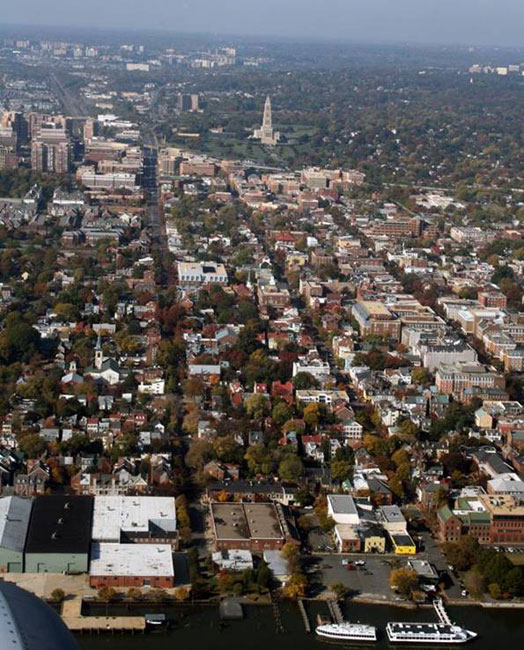 If the goals are to reconnect severed neighborhood conduits, promote commerce, reduce car dependence, ensure ease of navigation, and foster a dynamic and vibrant streetscape, the answer lies not in a grandiose vision of the future, but more likely in our historic roots.
If the goals are to reconnect severed neighborhood conduits, promote commerce, reduce car dependence, ensure ease of navigation, and foster a dynamic and vibrant streetscape, the answer lies not in a grandiose vision of the future, but more likely in our historic roots.
Consider the example of Alexandria, Virginia![]() . Originally platted in 1749 on land donated by Philip and John Alexander, six fundamental tenets of Traditional Neighborhood Development (TND) differentiate this inviting river city from generic drivable suburbanism…
. Originally platted in 1749 on land donated by Philip and John Alexander, six fundamental tenets of Traditional Neighborhood Development (TND) differentiate this inviting river city from generic drivable suburbanism…
Reconnect Rochester Speaks with MCC Faculty
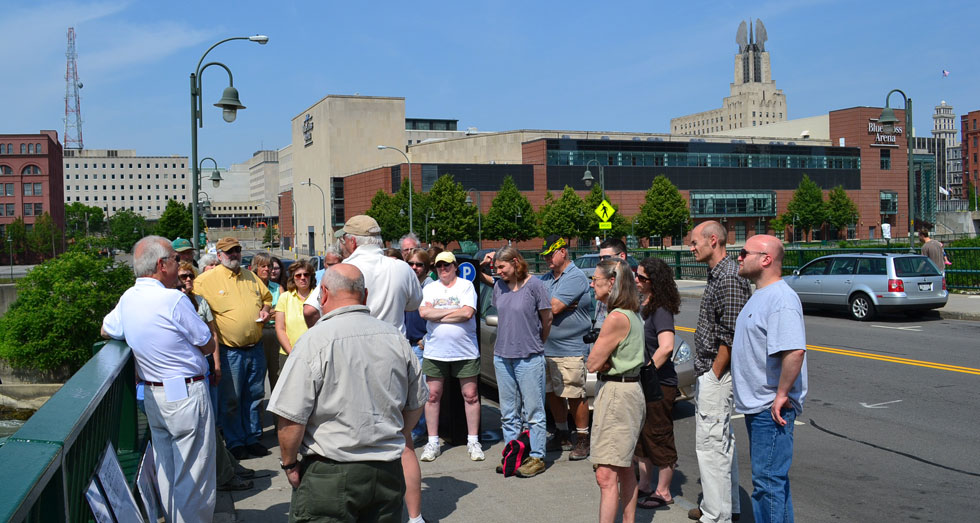
This past weekend the Department of Chemistry and Geosciences at Monroe Community College (MCC) held its annual Professional Development Field trip for faculty members. This year’s theme was “Seeking a Greener Rochester” and Reconnect Rochester was invited to give a brief history lesson on Rochester’s transit history and a perspective on the future.
The weather was absolutely gorgeous this Saturday as we all gathered outside on the Court Street bridge. This was a fitting location as the very spot where the Genesee River, Erie Canal, the old subway, two extinct railroads and Interstate 490 all meet. And the story we told went something like this…
RTS Transit Center Design Checklist… TAKE ONE!
On Thursday, February 10, 2011, RGRTA will be hosting its Second Public Design Review Workshop inviting members of the community to review and react to design options for the RTS Transit Center ![]() . This public review will take place at the Radisson Inn Riverside
. This public review will take place at the Radisson Inn Riverside ![]() and the doors will be open to everyone from 6:00-7:30 pm.
and the doors will be open to everyone from 6:00-7:30 pm.
Ideas and comments on the initial designs were taken by RGRTA at the RTS Transit Center Public Design Review Workshop ![]() (September 15, 2010) and the Rochester City Council Public Forums (April 27, and May 5th, 2010).
(September 15, 2010) and the Rochester City Council Public Forums (April 27, and May 5th, 2010).
The volunteers at Reconnect Rochester have compiled this handy checklist for YOU (the public) to use as a guide to assess how well public comments were received and integrated into the newly proposed designs. Print it, share it, and use as a starting point to form your own opinions and ask the important questions…
Follow Reconnect Rochester on Facebook ![]() for updates on the RTS Transit Center and other local transportation projects and public meetings.
for updates on the RTS Transit Center and other local transportation projects and public meetings.
Redesigning the R.T.S. Terminal from the Inside Out

Last month RGRTA hosted a pubic workshop to invite ideas and comments from the public on our new RTS Transit Center ![]() . Reconnect Rochester was there and we offered our best critique. After all, the success or failure of this project will impact us all for decades to come.
. Reconnect Rochester was there and we offered our best critique. After all, the success or failure of this project will impact us all for decades to come.
The following is the result of a collaborative effort by Reconnect Rochester members to contribute to, or try to improve upon RGRTA’s preliminary proposal (PDF, 5.7mb). The ideas and visuals outlined below are by no means a finished product; but just enough to convey our ideas. As always, we welcome your feedback in the comments.
Essentially, we are looking for a scheme that is:
- As compact as possible
- As safe as possible
- Has least impact on adjacent assets
- Provides for pedestrian scale on Mortimer
- Can be recylced for other uses if/when bus operations are altered
John Robert Smith in Rochester
*Cross Posted by the Moderate Urban Champion
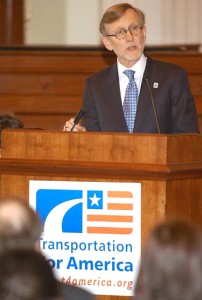 Members of Reconnect Rochester had a unique opportunity Monday afternoon. We were invited to sit in and participate in a roundtable discussion featuring representation of the Genesee Transportation Council, the Empire State Passengers Association, the Rochester Rail Transit Committee, and the keynote speaker of that evening’s lecture, John Robert Smith.
Members of Reconnect Rochester had a unique opportunity Monday afternoon. We were invited to sit in and participate in a roundtable discussion featuring representation of the Genesee Transportation Council, the Empire State Passengers Association, the Rochester Rail Transit Committee, and the keynote speaker of that evening’s lecture, John Robert Smith.
Not all of the biggest statements came from Smith himself, but his insight into federal agencies and funding acquisition from said agencies was very valuable to our coalition. Also heartening was the recognition by all parties of potential energy realities. This acceptance set the imperative tone regarding the necessity for improved transit in the region.
Smith’s greatest criticism, one that was repeated during the public lecture, was a lack of obvious attraction marketing, and the associated transportation options, to downtown hotel guests and travelers who arrive by train. The implication is that we aren’t successfully steering travelers with money to spend to restaurants and other cultural amenities. A set of newer signage as part of an enhanced wayfinder system was installed recently, but it is proving to be geared toward motorized tourist travel.
Rochester’s Case for a Streetcar Line
The following article was published at RochesterSubway.com on 2010/02/16. Two weeks later 6 citizens got together and Reconnect Rocheseter was born.
America seems to have taken a renewed interest in mobility. Maybe due to President Obama’s recent commitment to high speed rail—or perhaps the positive results seen in towns like Portland and Denver have caught our collective attention. Whatever the reason, from the top down, people are rethinking our automobile-oriented culture—and getting excited about the possibilities.
There’s also good reason to focus on transportation as a way of jump-starting economic development. Industry requires access to people. And people need to have easy access to centers of employment. Continually improving access makes further development possible. Interrupting access will have the opposite effect. Likewise, doing nothing or simply maintaining existing infrastructure for an extended period of time will also hinder development.
For 30+ years Rochester has relied on the infrastructure choices it made in the 1950’s, 60’s, and 70’s. At that time we made development choices that encouraged our population to emigrate from the downtown core. We scrapped our extensive streetcar system, choked off downtown with the construction of the inner-loop, and paved super highways to take us from the city to the NY State Thruway and beyond. Since then that’s exactly where our money, our workforce, and our future have gone—down I-490 and out of state.


